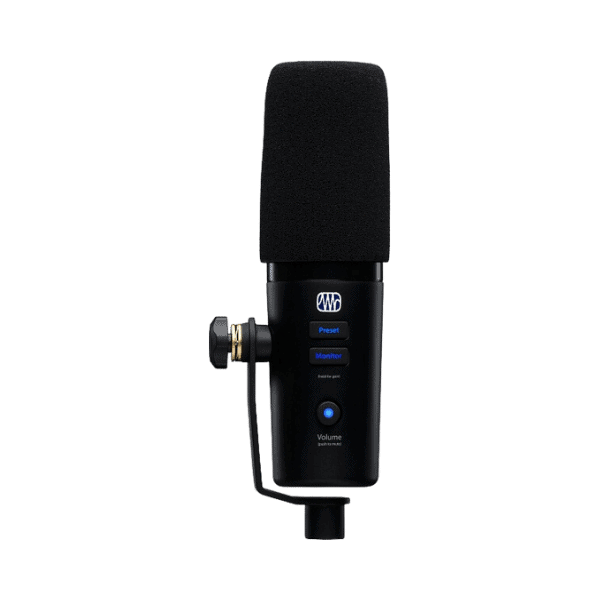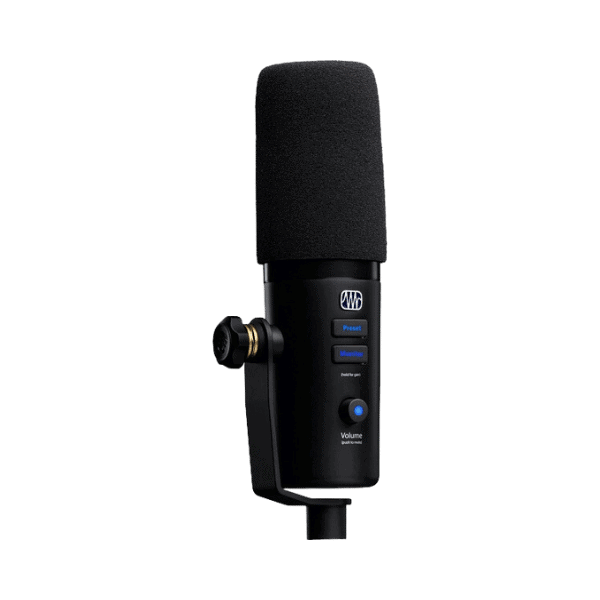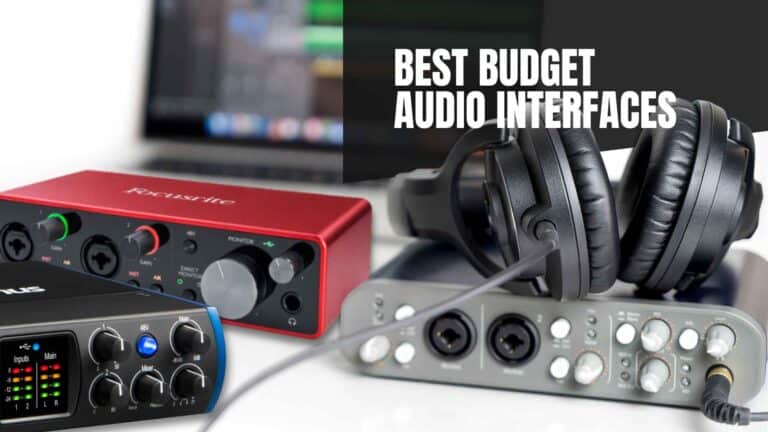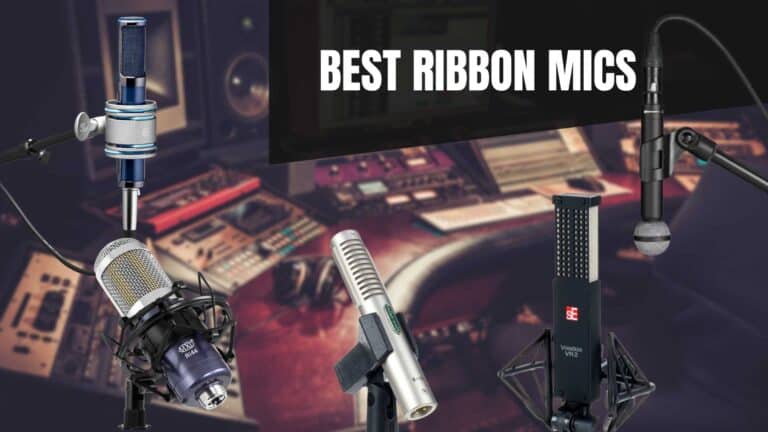10 Best Dynamic Microphones for All Use-Cases
The right microphone can be the difference between an unforgettable performance and a forgettable one. Whether you’re a budding podcaster, a live performer, or a musician seeking that perfect sound, the dynamic microphone is a staple in the audio world.
But with a plethora of options available, how do you find the one that’s tailor-made for your needs? Dive into our curated list of the 10 best dynamic microphones for every situation to discover the gems of the industry, from budget-friendly wonders to high-end masterpieces.
What are the 10 Best Dynamic Microphones for Each Situation?
Here are our top 10 best dynamic microphones for every use case, listed in no particular order of superiority:
1. Aston Stealth – Most Versatile Dynamic Microphone (US$275.00)
Why would you want this dynamic microphone?
You want a microphone that can do it all: record voiceovers, vocals, instruments, and more.
Product Info
- Polar Pattern: Cardioid polar pattern
- Transducer Type: Dynamic (moving coil)
- Power Requirements: Phantom power for active mode
- Frequency Response: 20 Hz to 20,000 Hz
- Sensitivity (Passive Mode): average -60 dBV/Pa (1 mV/Pa) @1kHz
- Sensitivity (Active Mode): average -16.5 dBV/Pa (150 mV/Pa) @1kHz
- Max SPL: 140dB
- Self Noise: 10 dB (A-weighted)
- Output Connection: XLR
- Weight: 692 g (1.52 lbs)
- Accessories: quick-release mic clip, Aston pin
Features
- Four selectable unique voicings
- Tamper-proof switch ring
- Active and passive modes
- Class A preamp with 50dB gain in active mode
- 48V phantom power auto-detection with purple LED indicator
- Internal Sorbothane shock mount
- Quick-release mic clip
Pros
Cons

Aston Stealth
2. Electro-Voice RE20 – Best Dynamic Microphone for Podcasting (US$449.00)
Why would you want this dynamic microphone?
You want the best podcasting microphone with a deep broadcast tone and top-end clarity.
Product Info
- Polar Pattern: Cardioid pattern
- Transducer Type: Dynamic (moving coil)
- Power Requirements: None
- Frequency Response: 45 Hz to 18,000 Hz
- Sensitivity: -56.5 dBV/Pa (1.5 mV/Pa) @1kHz
- Output Connection: XLR
- Weight: 735g (1.62 lbs)
- Accessories: Stand mount, carry case
Features
- 400 Hz bass roll-off switch
- Variable-D technology for controlling proximity effect
- Humbucking coil guards against line hum
Pros
Cons

Electro-Voice RE20


















































